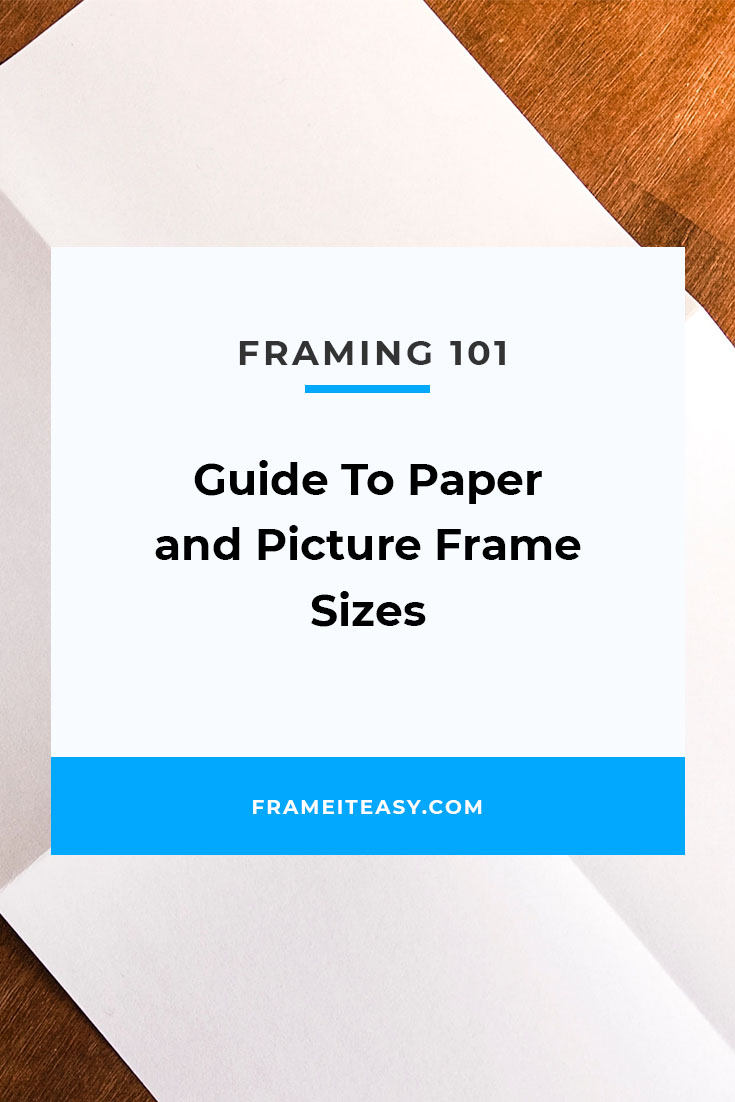As a company that can create over a million different picture frame sizes, we realize how many varying pieces of art and photographs there are.
If you’re a frequent art buyer (or maker!) you’ve probably heard descriptors such as “A2” or “standard-sized” or “Letter/Legal” or “8 by 10” thrown around.
Especially if you’re not a numbers person, it might seem maddening to figure out exactly what it all means. But, believe it or not, there is generally a method to all of the sizing madness. Hopefully, after reading this post, you’ll have a better idea about how it all works, so you know what to look for and how to interpret different size measurements.
Standard vs. Custom
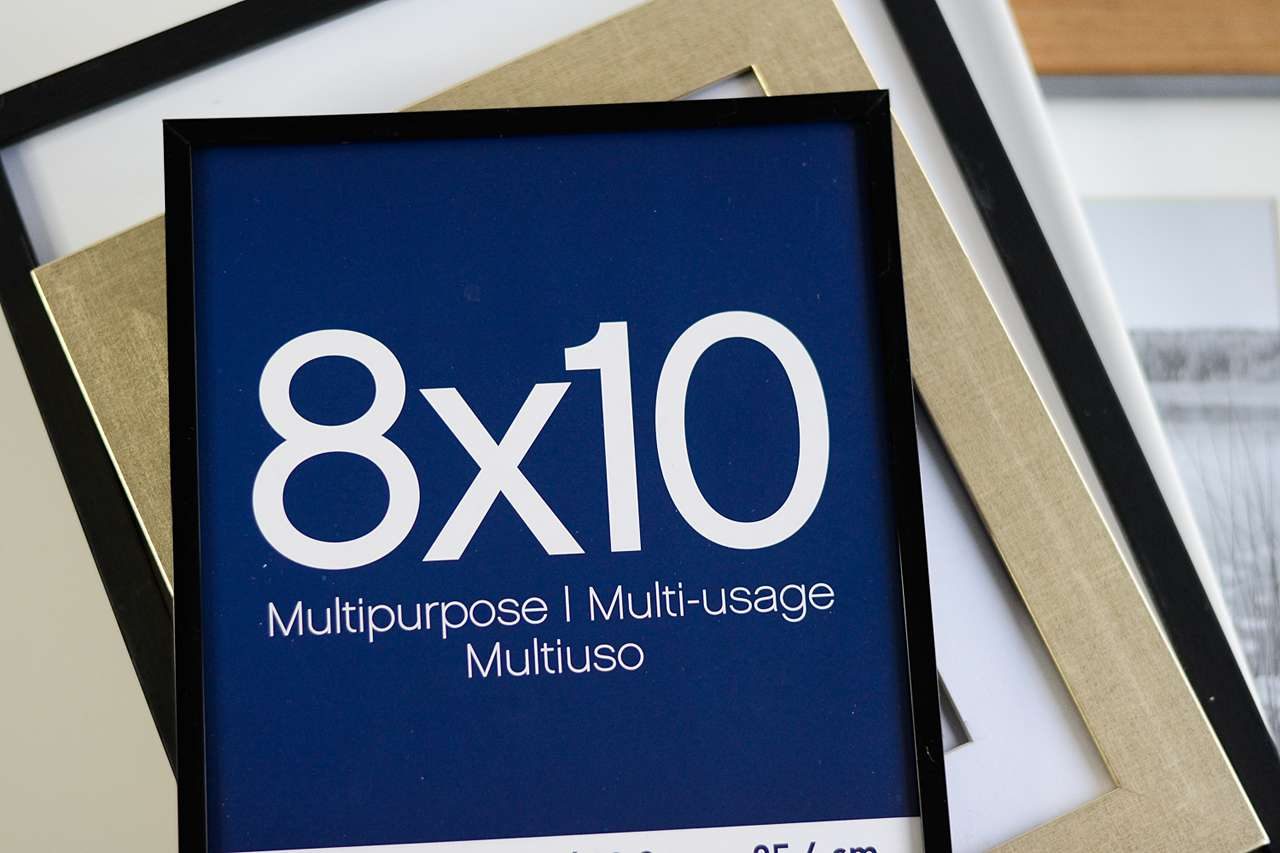
The average consumer probably knows about the standard frame sizes sold at your local department store, which adhere to standard, pre-set numbers (4″x6″, 8″x10″, 11″x17″, 18″x24″, etc.). And since you’re here, you hopefully know a little something about custom framing, which offers more unique and hard-to-find measurements.
While there are many differences between standard-sized frames and custom-sized picture frames, sizing is the main one: does your art conform to a widely accepted, readily available size, or do you need something more unique?
But what dictates standard sizes versus custom ones? How do you determine what size frame you need for a “standard” piece of art? Who is behind this standardization in the first place?
While frames are the name of the game here, since what goes in your frame is what needs to be measured, we’ll start by explaining standard paper sizes, as well as the organizations that determine the guidelines. It can vary based on the unit of measurement and part of the world, but we’ll do our best to make it as, well, easy as possible!
What “Standard” Paper Sizes Are Used in the U.S.?
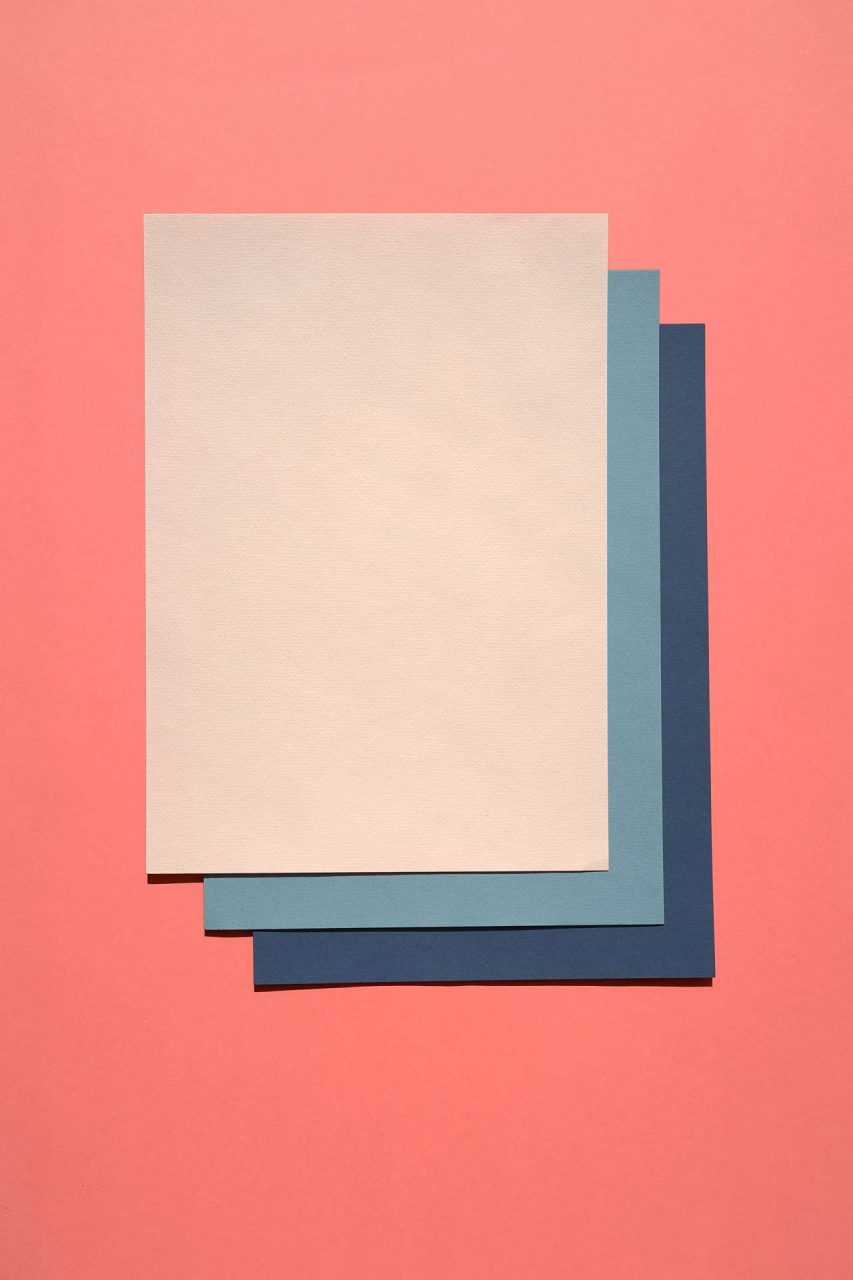
The ISO is the International Organization for Standardization, and there are only two countries that have not officially adopted their system: Canada and America.
Here in the U.S., we use our own standardization system. And even though you’ll still likely find prints that adhere to the ISO’s classifications, you’ll most often run into the American method (if that is where you live).
The biggest difference between the American and ISO classifications is their respective methods of measuring:
- In America, it’s the English/imperial system (inches);
- In the ISO, it’s the metric system (centimeters and millimeters).
With American measurements, there are three different classifications. The first one is Loose sizes, which is divided into four different types: Letter, Half Letter, Legal, and Tabloid/Ledger.
Letter is probably the most common standard size in the US, measuring 8 1/2″ by 11″ — a close comparable sizing to the ISO’s A4 (which we’ll cover in a bit). You might even have a stack of it in your house in the form of computer paper. There’s also a good chance that a flier, homemade sign, or something similar that you see is 8 1/2″ X 11″.
Half Letter is just a bit smaller — measuring at 8 1/2″ X 5 1/2″ — and you’ll most often see it used for book pages.
You’ll most likely find Legal sized paper used for brochures. The measurements are just slightly larger than Letter at 8 1/2″ X 14″.
Tabloid/Ledger, which measures 11″ X 17″, you’ll most commonly see used for pictures and large diagrams.
In addition to this most common American system, there is also the American National Standards Institute (ANSI) system. Founded in 1918, ANSI, like ISO, develops standardized systems for a bunch of different things. This system is based on the U.S. Letter size; ANSI A’s measurements are 8 1/2″ X 11″.
In addition, ANSI B’s measurements are the same as Ledger/Tabloid, so there is more than just one instance of systemic overlap. The sizes get larger from there.
There is also the ARCH system, which was developed specifically for architectural use. It has the ARCH C measurement, which is 18″ X 24″ which might be an important one to note, as it’s a commonly ordered poster frame size for many different companies.
In addition, if you’re a regular buyer of prints on RedBubble, the ARCH C size also might ring a bell, as those are the measurements of their “Large” sized prints.
What If You Have A Print In MM or CM? Who Classifies Those? And How Do I Convert to Inches?
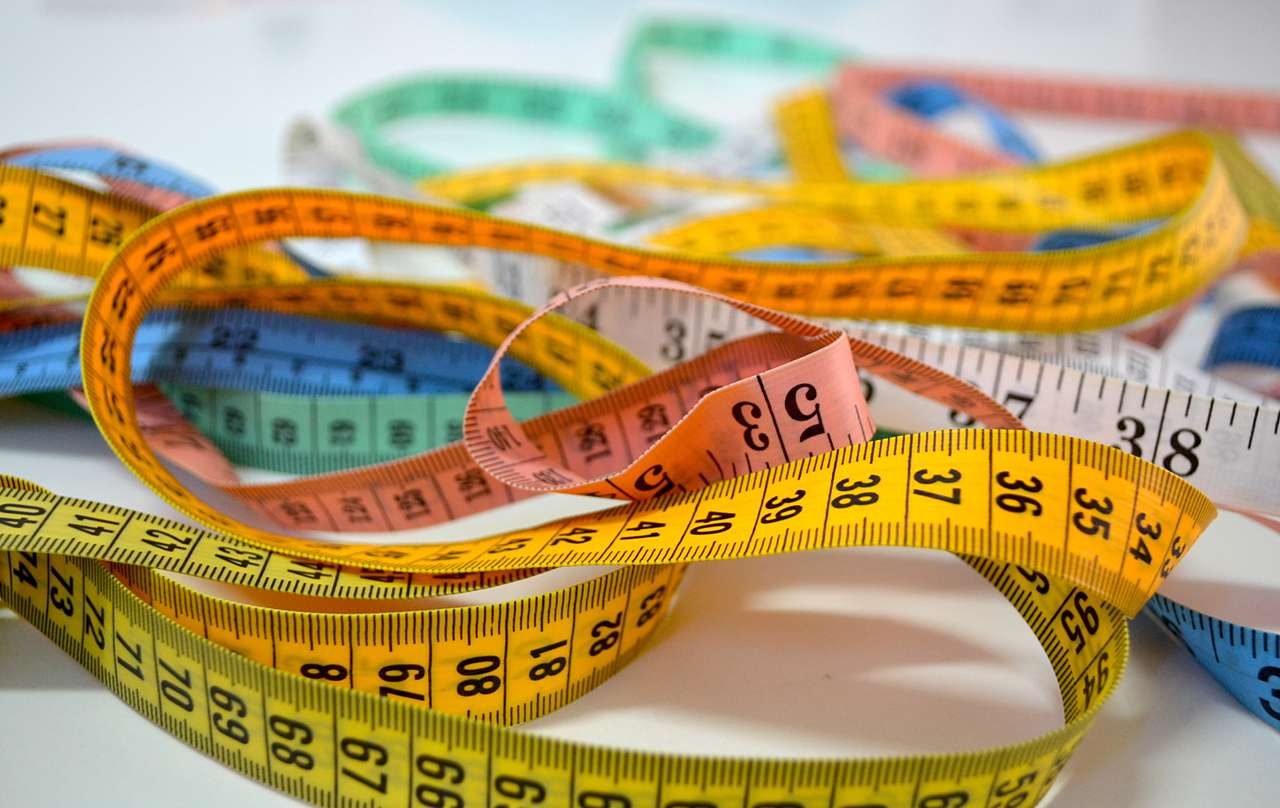
American system aside, the ISO develops the standardized practices common amongst most other countries.
The ISO also covers paper sizing, which has become the standard for how most companies sell prints — at least in foreign countries. Since most countries use the metric system, sizes will often be in mm or cm rather than inches.
If you have a print or poster that has measurements in mm or cm, you can use our handy calculator to convert to inches (as all of our measurements here at Frame It Easy use inches.)
The ISO, however, has a few different series within their paper classification system, which would probably be good to go over, just so you have a general overview.
The most common paper size in the world is even one designated by this classification system. (More on that in a bit!)
You’ll run into the A series most often, at least as far as the ISO goes. (The other two lesser-known series in the ISO’s classification system are the B and C.)
What The “A1, A2, A3, etc.” Measurement Means On Your Print

The A series is based around the A0 size, which is 841mm X 1,189mm.
For those curious, 841mm X 1,189mm equals 33.1″ X 46.8″. Converted to a fraction, which is what we use, that would be 33 1/8″ X 46 13/16″ — just in case if you have an A0 piece of paper you want to frame.
The subsequent sizes of the A series are determined by simply folding the A0 size in half; the A1 measurements are half of the A0. The same is true for A2 and A1.
Fun fact: The A4 size is the most commonly used in the world. It would equal to about 8 5/16″ X 11 3/4″ when measured using the English system.
Despite this, it is not even in our top 100 most-ordered frame sizes. This just shows how uncommon these measurements can be in the United States!
The B series is the same idea as its A frame size counterpart — the same format and incremental descent, with different measurements. This series was made to satisfy the need for sizes that weren’t covered by the A measurements.
The C series was used to create envelope sizes for the A series; it usually has sizes larger than the A, but smaller than the B. As such, a C0 envelope could fit an A0 paper; a C4 envelope could fit an A4 paper, etc.
Where To Find an A4, A2, or other ISO-sized print, then?
Despite the ISO series not being adopted as a US standard, it is still common to find prints/posters with these measurements, due in large part to online ordering.
With a variety of established online markets, all you’d need to do is search “A2 print” on a site like Amazon to find a ton of choices that fit those numbers.
What Are The Most Common Picture Frame Sizes?
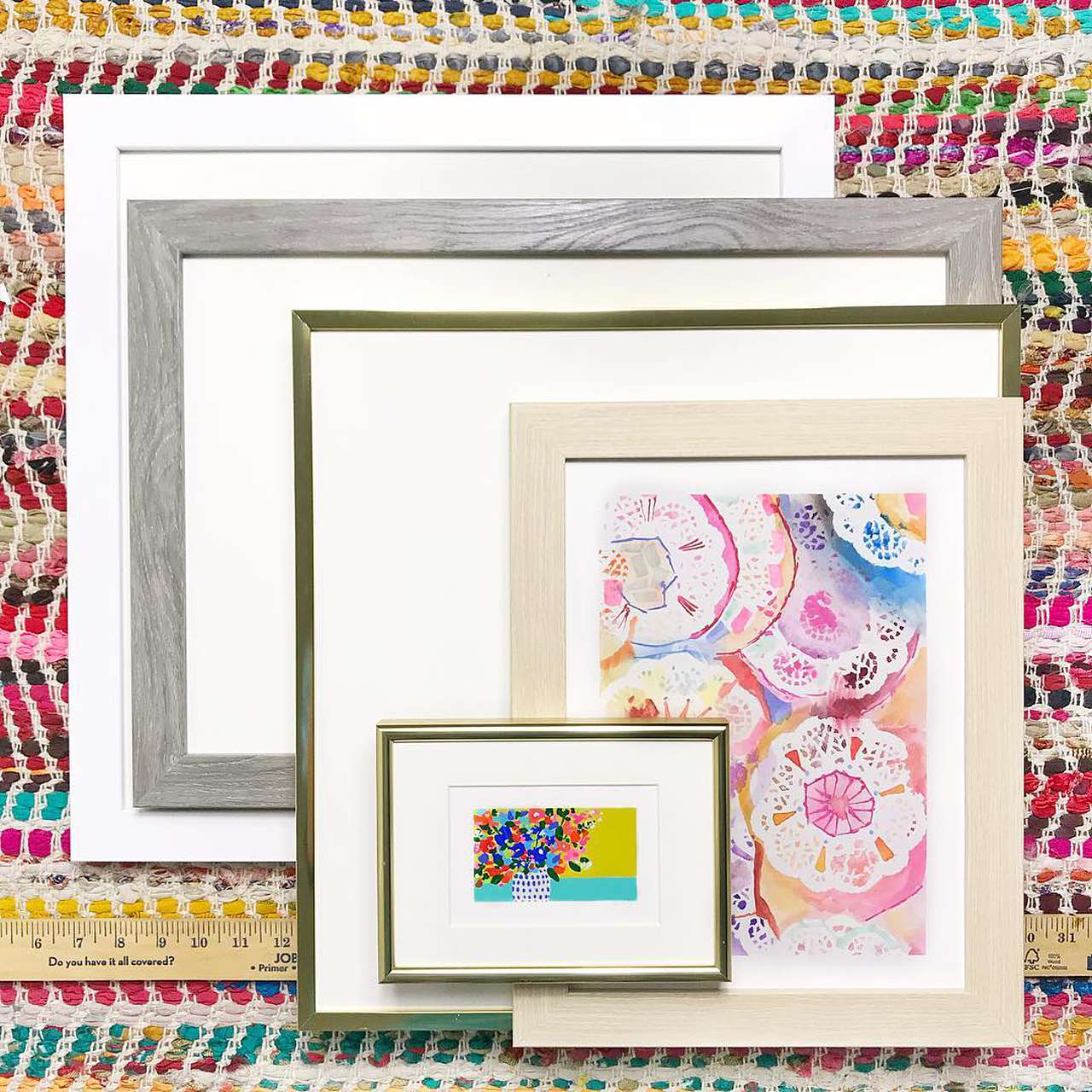
Since art often gets framed, it’s no surprise that the most common frame sizes are often based on some of the same measurements listed above.
Here at Frame It Easy, our most commonly ordered “Art Size” is 18″ X 24″, with the following sizes being 24″ X 36″ and 8″ X 10″, respectively. (This means our two most frequently ordered sizes are ARCH sizes C and D, and our 8th most commonly ordered “Art Size” is 8 1/2″ X 11″, which is the American letter measurement.)
A few other shops also list 8 1/2″ X 11″, 18″ X 24″, and 8″ X 10″ among their most commonly ordered sizes.
This pattern is clear, and it’s what we talked about at the beginning of this post: The size of the paper, and its regulation, often dictates the measurements needed for frames.
You’re more than likely going to find the most common frame sizes — in addition to ones you find pre-made at stores — in line with standard measurements of some kind, whether they’re American Loose, ANSI, ARCH, or ISO.
Speaking of standard and custom sizing, though, let’s talk about the difference between the two…
Standard Picture Frame Sizes vs. Custom Picture Frame Sizes
There’s a key difference between standard and custom picture frame sizing; the latter came about due to a void in the market that conventional frame measurements weren’t filling.
That’s where services like ours come in! You absolutely could order a standard size from our site — in fact, as noted, many of our most commonly ordered sizes are just that.
But we — and many others like us — aren’t limited only by these standards. Box stores can certainly get you a 5″ X 7″ or an 8″ X 10″, but not necessarily a 15 5/16″ X 34 1/8″, just as an example.
Printable Art
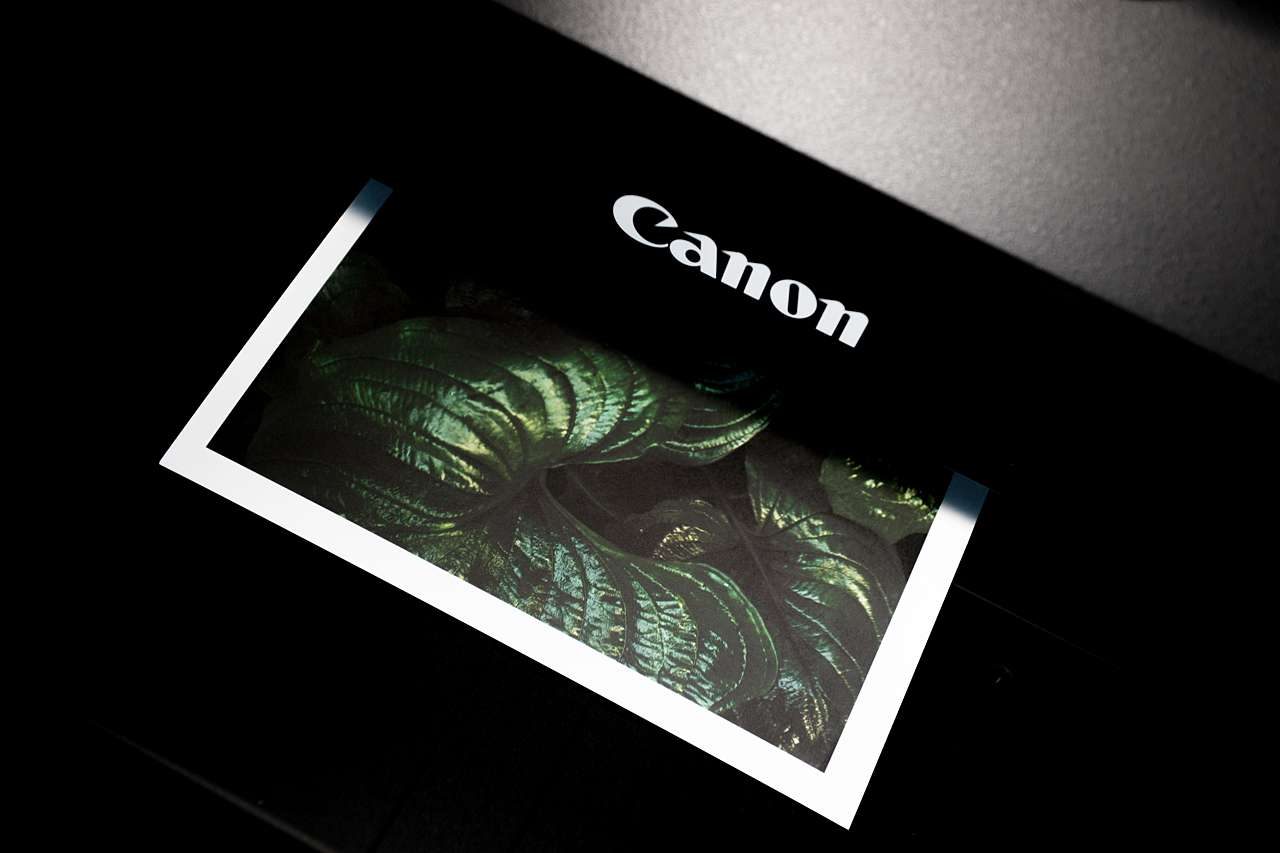
There’s also another category of sizing, which leans more custom than standard in terms of categorization but still merits its own section. And that is digital, printable art. Printable art can often be any size, as long as the resolution allows it to be printed at a decent quality.
You can likely find printable art on Etsy — or other sites like it — where there’s a massive section dedicated to art that you can print out and frame. With smartphones now a staple of daily human life, there are likely tons of photos that you have in your pocket that could potentially be printed and put on your wall.
Hey! Did you know that we can just print your art or photos? Head to our custom prints page to print some NEW art for your frames!
These are totally up to your discretion. If you want a print at standard sizing, you could go ahead and make it a 24″ X 36″, or you could concoct some numerical combination that no standardizing system would dare try to classify. Up to you!
If we were to give any advice on this, it would be more aesthetic than anything else. Are there frames on your wall that you might want to place this piece of art among? If so, are they standard or custom-sized? What does the artist recommend it be printed out at?
Perhaps it’s a big, detailed print that wouldn’t really be fully realized in a small 5″ X 7″ frame and would merit a larger one. Maybe the opposite is true.
The answer for this is more nebulous than others, but it’s still important to note, just because printable artwork is becoming such a large presence in the custom framing world.
Just remember that how you format your digital photos for online framing is a key factor in the final result.
Is the Size Listed For My Art or For the Frame?
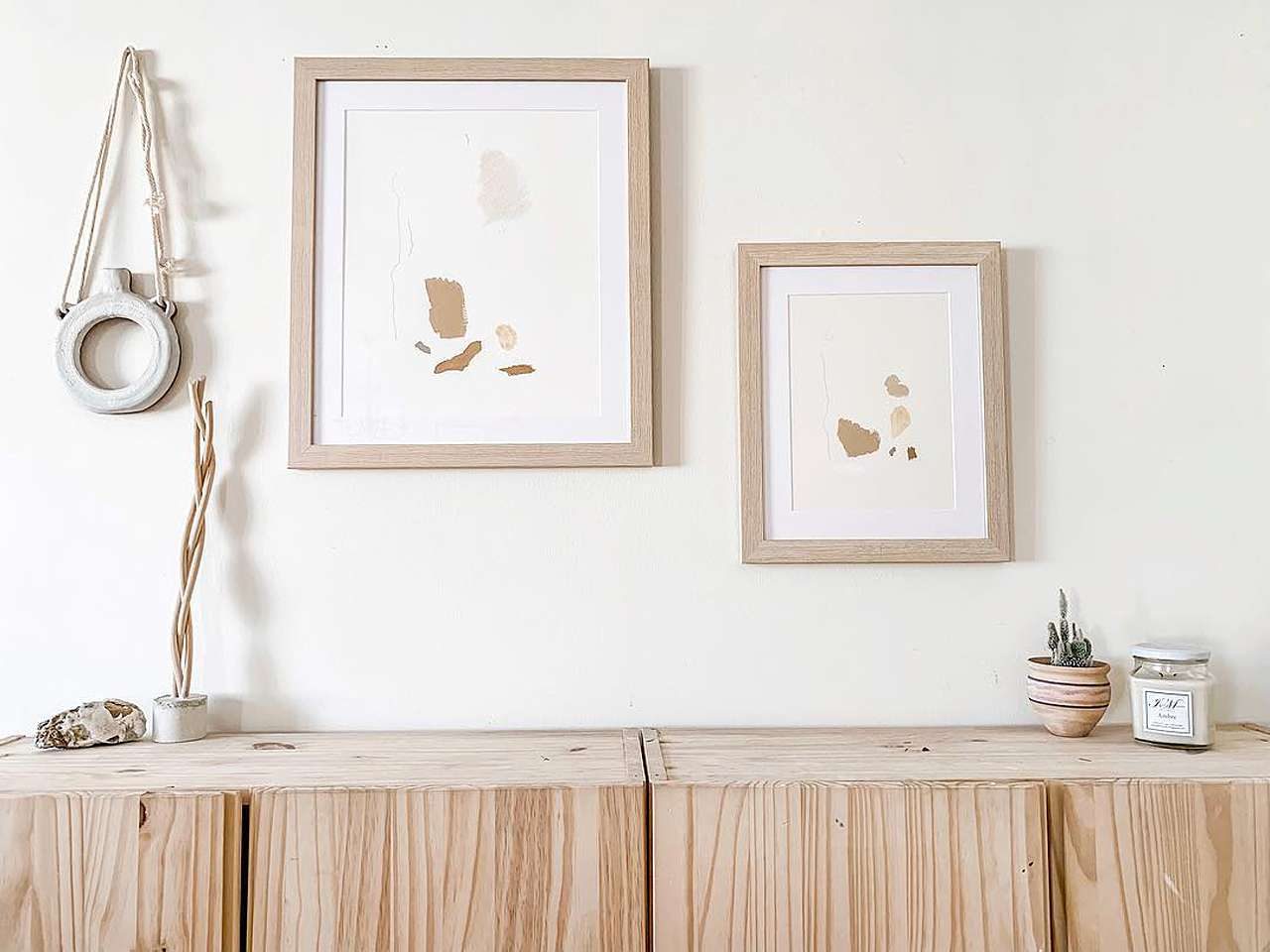
Let’s get back to pre-printed art, though. When a frame is advertised as an 8″ X 10″ (or any other measurement) at a store, it usually means that is the art size that it holds, not that product’s outside measurements. The same is true for custom framing.
This is meant to save work for the buyer. If only the outside measurements of the frame were listed, it would put a large mathematical burden on you, which doesn’t really make for a great buying experience.
You should be able to have your artwork’s measurements in mind, look at a frame, and then decide with little to no thought if it will fit. You got an 8″ X 10″ piece of art or photo? Great. Go find an 8″ X 10″ frame — from a store, online, or wherever — and it should fit.
You might even find frames at department stores that can accommodate two sizes; the frame itself would have an opening of 11″ X 14″, for instance, but it would come with a matboard with an 8″ X 10″ opening.
You could remove the matboard and use the frame for an 11″ X 14″ photo, or you could keep it and use an 8″ X 10″.
Here at Frame it Easy, we always recommend that you enter the exact “Width” and “Height” of your art into the “Art Size” section. You can always check out some of our other resources, too, to see what to expect when purchasing from us.
What If You Need To Know The Frame’s Outside Measurements?
This could be a difficult question, especially if you plan on just buying a frame from a local department store. If this is the case, you might need a tape measure to check its outside measurements; they could be listed on the frame’s packaging, too, but you never know, and we would be unable to speak for another company’s product.
So if you have a space limit on your wall or are trying to plan a certain-sized gallery wall and want to buy a frame from a department store, go prepared. In addition, some custom framing sites will tell you what the outside measurements of the frame will be, while others won’t, so you might have to ask.
Here at Frame It Easy, you’ll be able to see what the outside measurements of your frame will be simply by hovering your mouse over the “Details” tab on the “Art Size” section.
Should I Trust the Label Given to My Art Without Measuring it Myself?
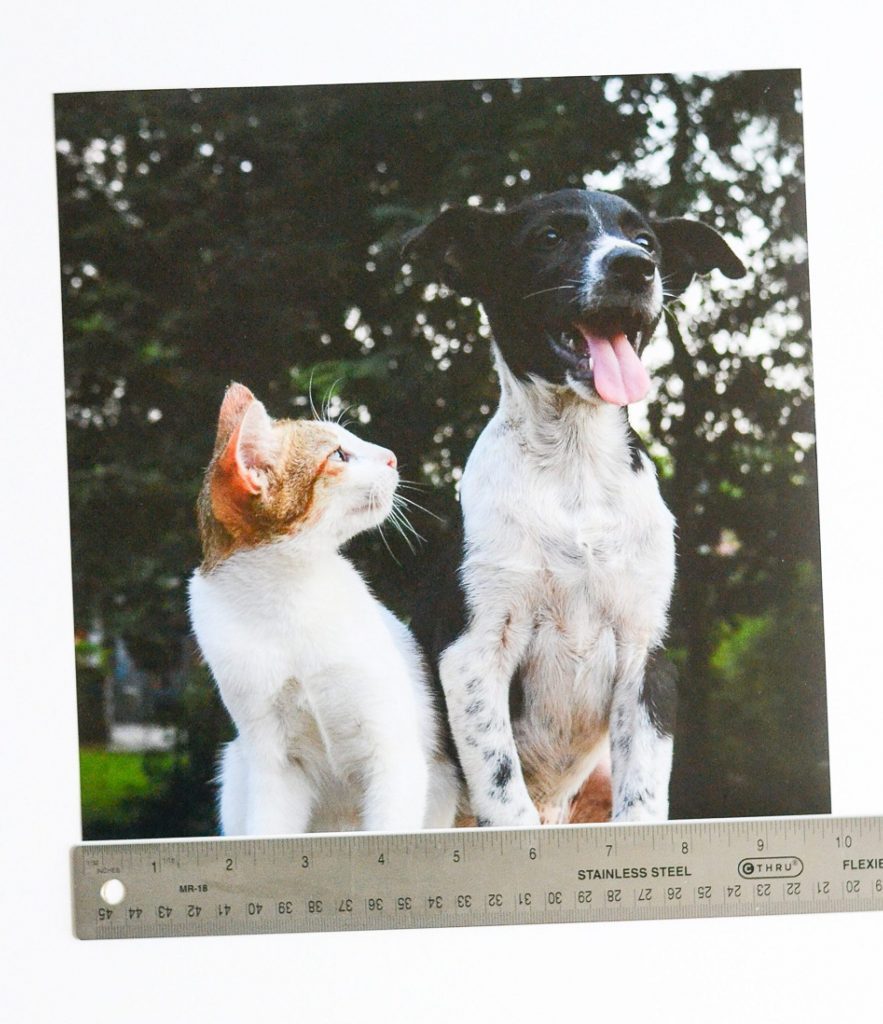
You just got a poster. And better yet, it has its measurements advertised on a website, label, or some other product description. This means you can just take those numbers at face value and not measure it, right? Well, not quite.
You should only order your poster frame (and all frames!)once you’ve double-checked the measurements. This means using a ruler or tape measure. While it might seem like more work at first, it’s less than ordering your frame with assumed measurements, realizing they’re wrong, and then having to go through a return and re-order process.
The difference may only be 1/4″ from the listed measurements to the actual ones, but that can make a massive difference. So always be sure to measure yourself!
Start Measuring!
Art comes in all shapes and sizes — some standard, some not. The good thing about custom framing? We can do any size!
Despite this advantage, standard sizes are still what custom frame sites tend to make the most, so it just goes to show how much the standardized paper system has dominated the art world.
If you have any questions about measuring your art, or what frame you should get, reach out to us, and we will do our best to try and help!
